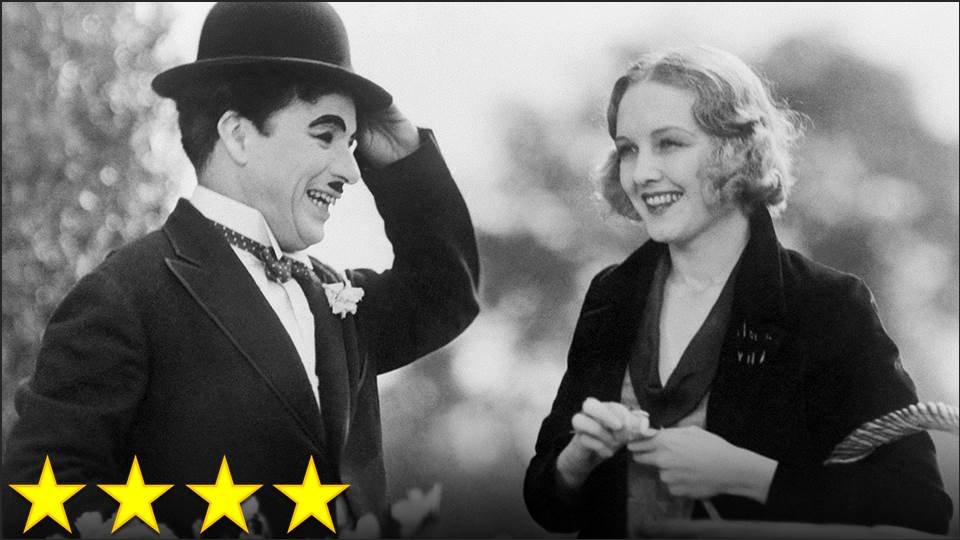This is a fun one, folks. Scary? On occasion, but it’s mostly just bizarre. It’s just strange watching one of the first sound horror films because it’s difficult to tell how I’m supposed to react to each scene – I don’t know what’s supposed to be chilling, what’s supposed to be funny, and what’s supposed to be somewhere in between. I think most of the film is meant to be in the middle – it knows not to take itself too seriously seeing as how it is about Count Dracula, after all. If it were remade today, it would have to either be completely changed into an entirely different (and probably greatly inferior) thriller, or it would have to be a comedy, because too much of it is just plain silly.
The film’s plot is a little hard to follow at times, and by the end of it I’m left with more questions than answers. How does his hypnotism work? Shouldn’t his life be a breeze if he can just hypnotize people into doing whatever he wants? How does he always manage to stay away from mirrors? Does he ask how many mirrors there are in any location he plans to enter before his arrival? And since when can vampires turn into wolves? Most importantly, how is turning into a bat helpful when you’re pulling a carriage?
But hey, I had a good time – at least when I followed along and when I wasn’t bored – so who am I to complain? Besides, who doesn’t love Bela Lugosi? THAT is a fun performance to watch. The smartest move on the part of the filmmakers was making the movie short, and most other horror films from the time followed suit, making them very easy watches that can easily be squeezed into the schedule of even the busiest movie buff. This leaves me very interested in watching more of the classic Universal Monster films, if only because the visual style helped establish Hollywood Expressionism, so naturally I find it visually enthralling.



